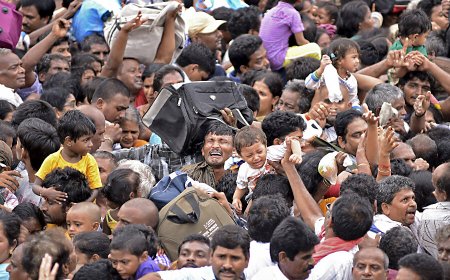Urbanization and Deforestation.
"Urbanization & Deforestation: Can Sustainable Cities Save the Future? Explore the impact of urban growth on forests, biodiversity & climate, and discover innovative solutions like green initiatives & sustainable cities."
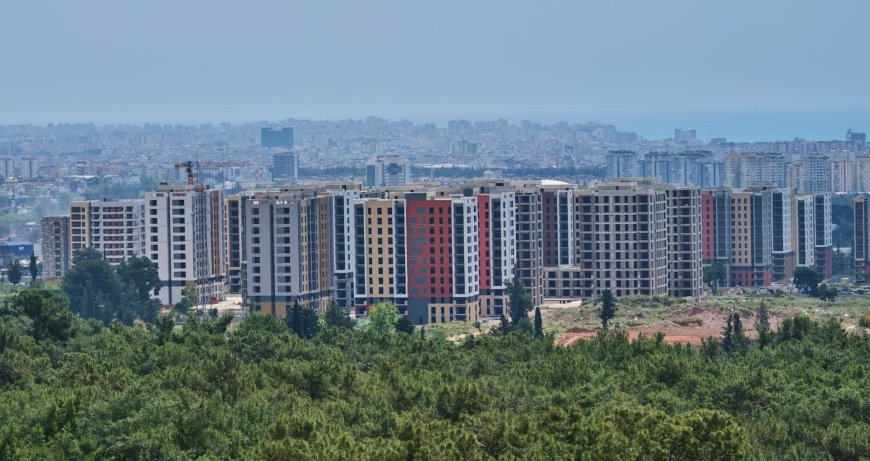
The skyscrapers and alluring architectural buildings are a beautiful sight to behold. But humans are still proving that they're capable of building and creating more impressive structures, and that's incredible!
Recently, Saudi Arabia officially commenced the construction of the Mukaab, a monumental cube-shaped building that will reach an impressive height of 400 meters. If completed, it is set to become the world's largest structure. Located in the capital city of Riyadh, this skyscraper will encompass a staggering two million square meters of floor space, equivalent to twenty times that of New York's iconic Empire State Building. This is a testament to what the human mind is capable of conceiving and producing. These outstanding buildings have been made to cater to the housing needs of the growing population of these locations. This is what is referred to as urbanization.
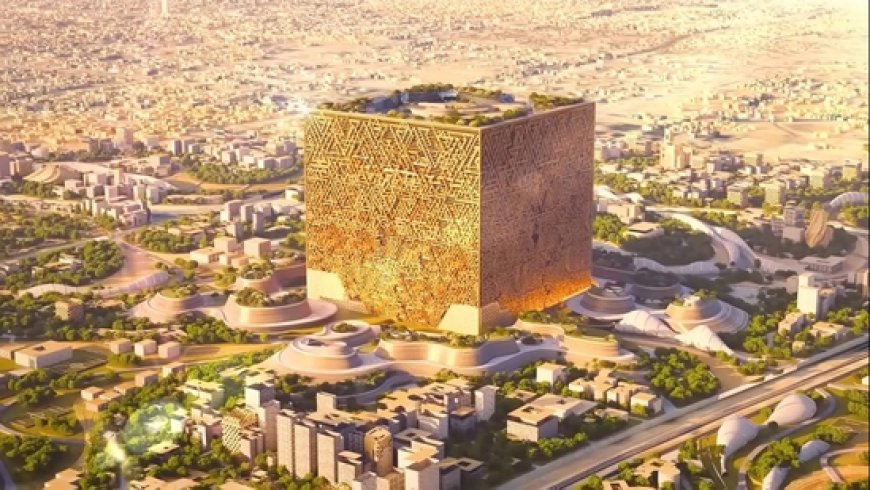
Urbanization is the increase in the amount of people living in towns and cities. This causes a proportional decrease in the number of people living in rural areas. Urbanization can be seen in the fact that only 15% of people lived in urban areas at the beginning of the twentieth century. Now, over 50% of all people globally live in an urban environment. This is usually because people want to go and find “greener pastures”. So they leave home for the city in hopes of getting a better chance at succeeding. Lagos in Nigeria Is a prime example of urbanization. Its population moved from 2.6 million people in 1980 to 14.9 million in 2021. This expansion often involves the conversion of natural landscapes such as forests, grasslands, wetlands, and other ecosystems into built environments like residential areas, commercial buildings, roads, and other infrastructure. This loss of forest otherwise known as deforestation can be deadly to the human race in the long run.
Deforestation is the purposeful clearing of forested land. As the population of people living in urban areas increases, their needs for the basics like food also increase. So the natural habitats have been sacrificed to make way for this. Throughout history and into modern times, forests have been razed or cut down to make space for agriculture and animal grazing, and to obtain wood for fuel, manufacturing, and construction.
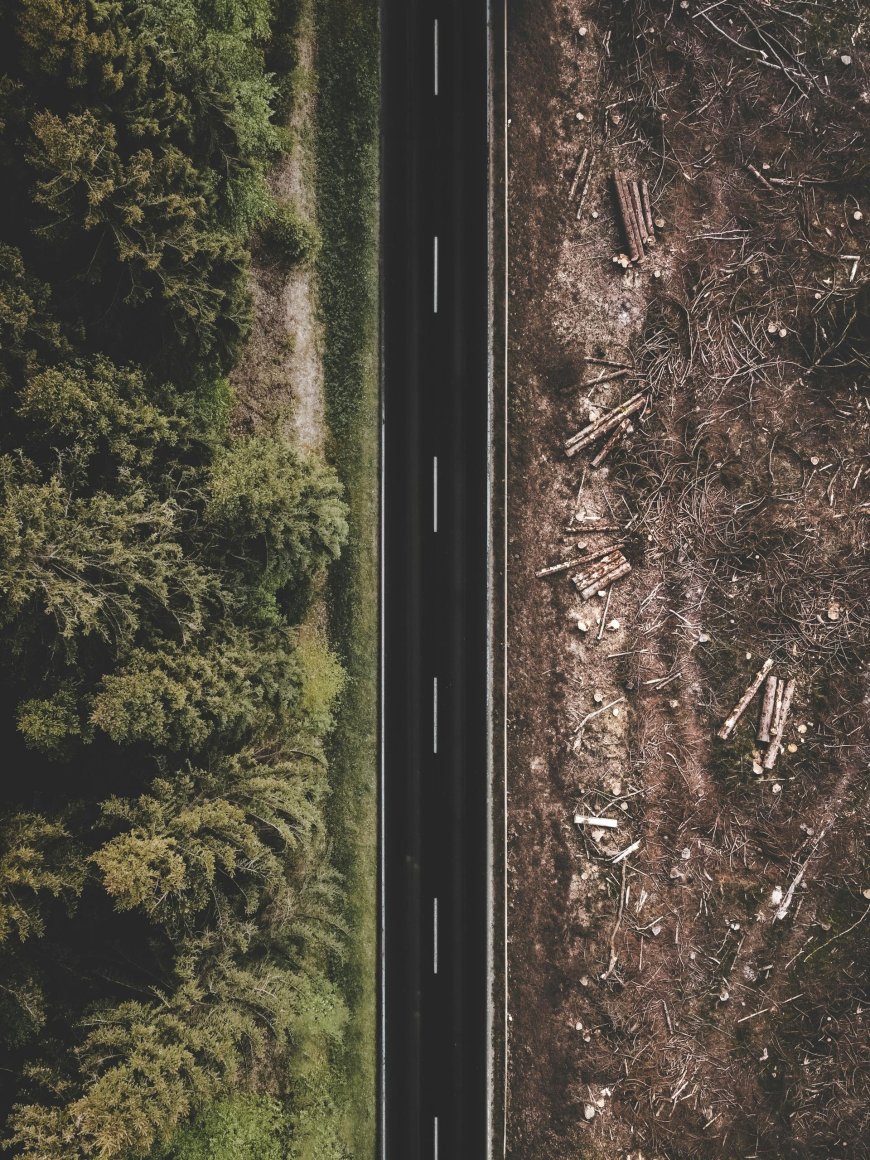
Deforestation has greatly changed landscapes around the world. About 2,000 years ago, 80 percent of Western Europe was forested; today the figure is a disappointing 34 percent. In North America, about half of the forests in the eastern part of the continent were cut down from the 1600s to the 1870s for timber and agriculture. China also has lost great expanses of its forests over the past 4,000 years and sadly now, just over 20 percent of it is forested. Much of Earth’s farmland was once forests.
Today, the greatest amount of deforestation is occurring in tropical rainforests, aided by extensive road construction into regions that were once almost inaccessible. Building or upgrading roads into forests makes them easily accessible for exploitation. Slash-and-burn agriculture is a big contributor to deforestation in the tropics. With this agricultural method, farmers burn large expanses of forest, allowing the ash to fertilize the land for crops. The land is only fertile for a few years, however, after which the farmers move on to repeat the process elsewhere forever destroying a forest that took years to be formed. Tropical forests are also cleared to make way for logging, cattle ranching, and oil palm and rubber tree plantations. Although the intentions might seem genuine, the consequences are dire.
Deforestation is a threat to the world’s biodiversity. Tropical forests are home to great numbers of animal and plant species. When forests are logged or burned, it can drive many of those species to extinction. Some scientists say we are already in the midst of a mass extinction episode.
More immediately, the loss of trees from a forest can leave soil more prone to erosion. This causes the remaining plants to become more vulnerable to fire as the forest shifts from being a closed, moist environment to an open, dry one. This leads to Desertification which has been defined in the text of the United Nations Convention to Combat Desertification (UNCCD) as "land degradation in arid, semi-arid and dry sub-humid regions resulting from various factors, including climatic variations and human activities."
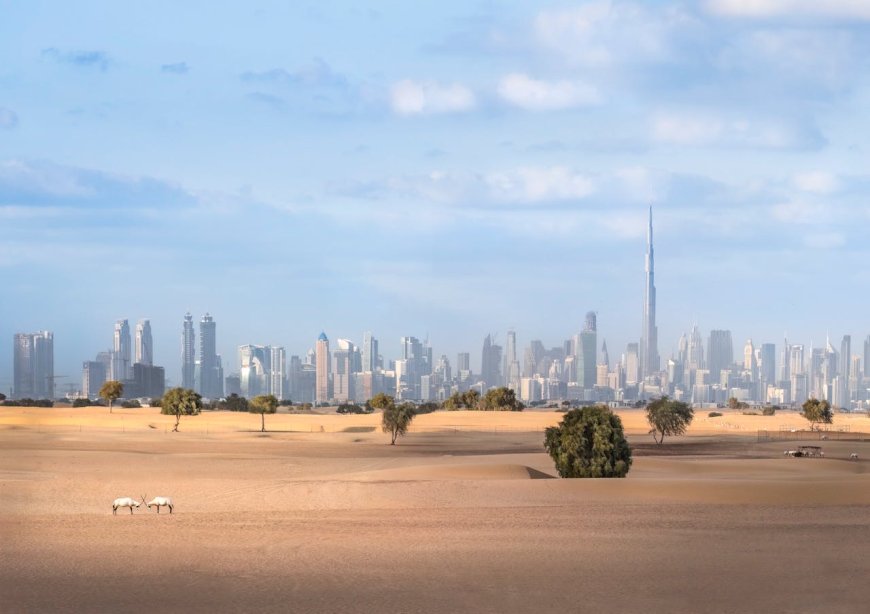
Additionally, urbanization also fragments habitats. That is creating isolated patches of natural areas surrounded by urban landscapes. This fragmentation can disrupt the migration routes of animals, limit their access to food and mates, and increase their vulnerability to predators. Moreover, these isolated patches may not be large enough to support viable populations of certain species, leading to local extinctions. Urbanization has also led to habitat degradation through pollution. Urban areas produce a significant amount of waste, including sewage, industrial effluents, and solid waste, which can contaminate soil, water, and air. This pollution can degrade habitats and harm the species that live in them. For example, water pollution from urban runoff can harm aquatic ecosystems, affecting the species that rely on them which in turn poison the forest and lead to loss of trees. It also contributes to climate change by increasing greenhouse gas emissions from energy use, transportation, and other urban activities. Climate change can alter habitats by changing temperature and precipitation patterns, potentially making them unsuitable for certain species.
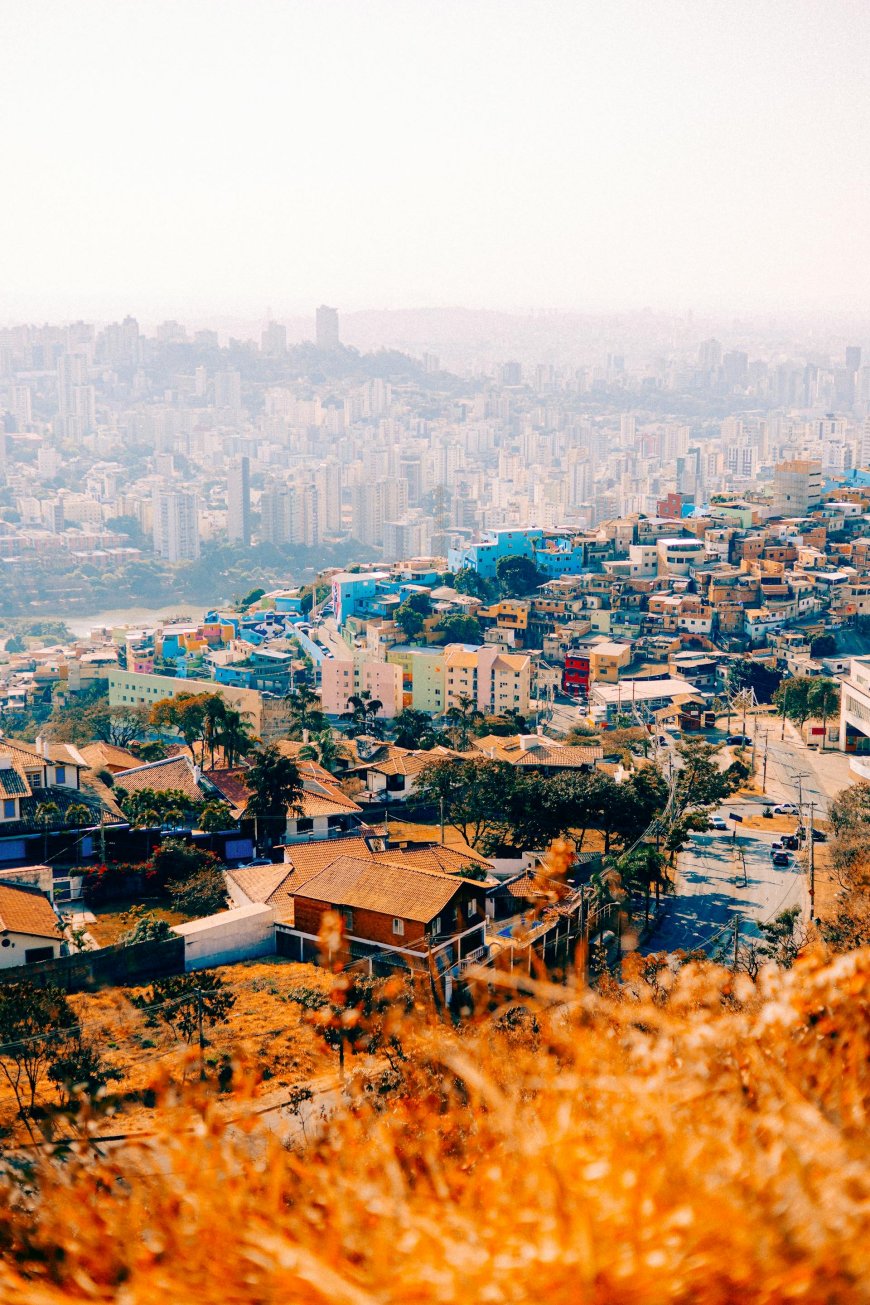
So, how do we solve the issue of deforestation as a direct cause of urbanization? Implementing green initiatives such as green spaces, tree planting, and sustainable waste management is a great way to start. It can help to mitigate the environmental impact of urbanization. The effects of deforestation can also be mitigated. While deforestation can be permanent, this is not always the case. In North America, for example, forests in many areas are returning thanks to conservation efforts. Another solution is the development of what is called a “sustainable city.” Sustainable cities and communities are a reimagined form of urbanization with environments that have been deliberately created to be environmentally and resource-sustainable. They aim to provide a safe and accessible public transportation network with city-wide coverage that encourages people to leave their cars at home, neighborhoods that are easily biked or walked, for a reduction in short car journeys, which are the most polluting, a network of electric car charging stations to increase the adoption of electric vehicles in an urban environment, integration of renewable energy sources, development of energy-efficient, sustainable architecture that features living roofs, solar panels and smart building management technology, and infrastructure to maximize the recycling of waste and lastly, access to green spaces and community gardens for the cultivation of food.
Although this is still a dream, organizations are currently investing and lending money to kickstart the creation of these cities, with the World Bank funding over 230 projects with $33.9 billion in loans and investment project financing.
Now do you believe the sustainable city is an effective solution to urbanization and deforestation and if not, why?
Drop your opinions in the comments section below let's discuss!
What's Your Reaction?












